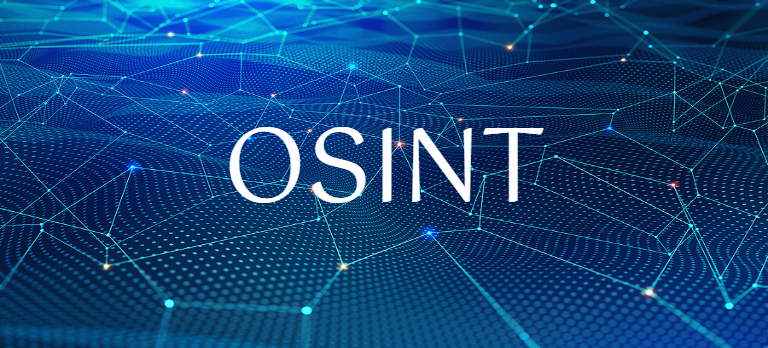As government agencies confront increasingly complex cybersecurity threats, the Zero Trust framework has emerged as a foundational strategy for securing modern IT environments. The 2025 Market Trends Report on Zero Trust outlines how federal, state, and local organizations are shifting away from perimeter-based defenses and embracing identity-driven, risk-aware security models to address today’s dynamic threat landscape.
Why Zero Trust Matters More Than Ever
With the expansion of cloud services, mobile devices, APIs, and remote workforces, traditional network perimeters have eroded. This has widened the attack surface and exposed vulnerabilities across government systems. According to the report, insider threats and compromised credentials remain top causes of breaches, highlighting the need for a security approach that assumes no user or device should be trusted by default.
Zero Trust frameworks enforce continuous verification of user identity, device posture, and contextual access—making them crucial for reducing risk, especially as cyber threats become more sophisticated and AI-driven.
Key Trends and Federal Mandates
A major focus of the report is the Department of Defense (DoD)’s Zero Trust roadmap, which outlines 152 activities to be completed by FY2027. However, as of late 2024, only 14% of those tasks had been completed. Critical gaps remain in identity, credential, and access management (ICAM) and data tagging—two pillars essential to the success of Zero Trust implementations.
Furthermore, agencies are encouraged to expand Zero Trust beyond remote access. This includes protecting machine identities, securing workload interactions across APIs and servers, and modernizing internal network policies.
The Role of AI and Phishing-Resistant Authentication
As attackers leverage AI to scale phishing, deepfakes, and social engineering, agencies must counter with advanced defenses. AI-enabled threat detection and automation are helping Security Operations Centers (SOCs) detect, triage, and respond faster—saving analysts over 40 hours per week in some cases.
Additionally, phishing-resistant authentication methods such as WebAuthn and passkeys are replacing outdated password-based systems. These passwordless, biometric-anchored solutions are crucial to achieving long-term Zero Trust maturity.
Integration and Interoperability Are Key
Zero Trust is not just about isolated tools—it’s about seamless integration. The report emphasizes selecting platforms that connect identity management, endpoint security, network access controls, and analytics through open standards. Agencies that prioritize interoperability reduce silos, improve threat visibility, and accelerate response times.
Zero Trust is no longer optional—it’s essential.
As government agencies modernize their cybersecurity strategies, embracing Zero Trust principles across users, devices, applications, and data is the most effective way to build resilience and protect mission-critical operations.
Download the full 2025 Market Trends Report on Zero Trust at GovWhitePapers.com to dive deeper into expert insights and actionable strategies for implementation.










